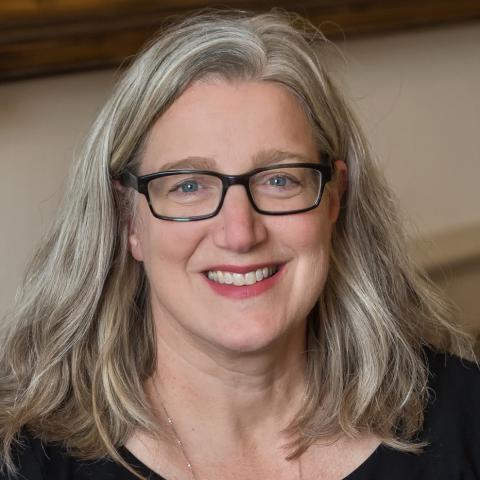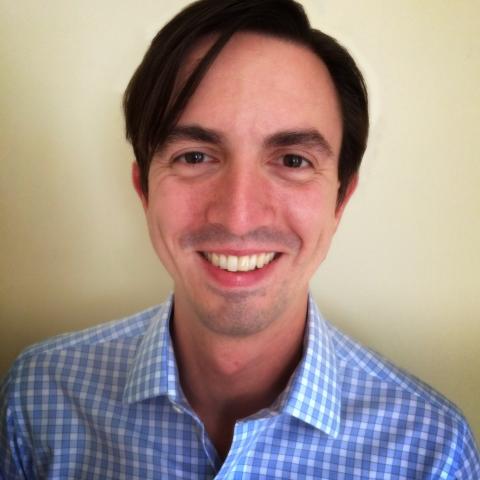Health care sharing ministries (HCSMs) claim to offer health coverage: members follow a common set of religious or ethical beliefs and make monthly payments to help pay the qualifying medical expenses of other members. These products often appear comparable to insurance, but they lack the consumer protections and benefit standards that apply to comprehensive coverage. HCSMs are under no obligation to pay members’ claims and often require members to negotiate discounts or seek charity care from health care providers. Because of how HCSMs are marketed, consumers may have difficulty identifying the significant limitations of these arrangements and risk getting stuck with unpaid bills. Until recently, states did not have access to data on HCSMs’ enrollment, operations, and finances.
Massachusetts and Colorado have begun to fill these gaps, and the data they have obtained are revealing. The Massachusetts marketplace began requiring HCSMs to report key data in 2020; and last year, Colorado became the first state to require comprehensive data from all HCSMs enrolling Colorado residents. The state’s first report provides a detailed look at HCSMs selling memberships in Colorado.
What’s in Colorado’s First Report?
The data show HCSMs have grown to include far more members than previously understood and shed light on risks for consumers who pay monthly fees with an expectation that their membership will cover health care claims.
Greater than expected enrollment. National enrollment for the HCSMs included in the Colorado report is larger than previously recognized: 1.7 million people. In Colorado alone, HCSM enrollment (at least 68,000) is equivalent to 30 percent of marketplace enrollment. Because HCSMs often exclude essential health services and are therefore more attractive to people who are relatively healthy, enrollment of this size, relative to marketplace enrollment, may increase premiums for marketplace plans.
It also means a significant number of people have forgone comprehensive coverage and federal subsidies to buy this alternative arrangement that does not guarantee health care costs will be paid. One HCSM recently surveyed its members and found 42 percent had incomes under 200 percent of the federal poverty level (about $50,000 annually for a family of three). Individuals and families at this income level would likely be eligible for low- or no-cost coverage in the marketplace or Medicaid.
Broker-driven marketing. Seven HCSMs reported using brokers to market their plans; some said they rely heavily or exclusively on brokers to grow membership. About one-third of all enrollment in these seven HCSMs was attributed to brokers. Because HCSMs pay substantially higher commissions (15% to 20%) than marketplace insurers (2.6%) typically do, brokers have an incentive to place consumers in these arrangements.
Unpaid claims. Though their members submitted about $362 million in claims during the reporting period, the HCSMs asserted that only one-third of this amount — about $132 million — was eligible for payment. During the same time period, HCSMs brought in about $97 million, resulting in an apparent shortfall of $35 million. The low share of eligible claims is attributable in part to the HCSMs’ strict rules that disallow reimbursement for various types of care. In addition, HCSMs have broad flexibility to refuse sharing of a claim even if it otherwise meets the rules. For example, HCSMs often require their members to negotiate their own discounts or seek charity care from health care providers before their claims will be eligible for sharing.
Essential care ineligible for sharing. HCSMs reported they exclude from sharing any expenses for certain essential health care, including costs related to preventive care, mental health care, and substance use disorders, and exclude coverage for many preexisting conditions, including asthma, autism, cancer, diabetes, and hypertension. Alternatively, comprehensive insurance must cover essential health benefits and all preexisting conditions.
Getting Uniform Data Is Challenging but Essential
The first-year report shows the challenges of obtaining data from HCSMs that are not subject to any of the standards or oversight that apply to comprehensive health insurance. Regulators determined that several HCSMs marketing memberships in Colorado had failed to report data and getting complete and accurate data from those that did was difficult. A second report, recently released, indicates those challenges continue, making it impossible to draw comparisons between the two years. Still, by requiring HCSMs to use templates and state-defined terms to submit data in a uniform way, Colorado regulators seem to be on the path to a clearer understanding of how HCSMs are working, their financial solvency, and their effect on state residents and the health insurance market. Indeed, data in the second report show the risks to consumers described above persist.
Looking Ahead
Colorado’s annual requirement to share data will help regulators better understand HCSM operations and finances and, with improved compliance to data submission requirements, should allow for comparisons across HCSMs and from year to year. Data can help point regulators to HCSMs that warrant closer scrutiny and identify for policymakers ways to better protect consumers who may lack a clear understanding of the financial risks of HCSM membership.





